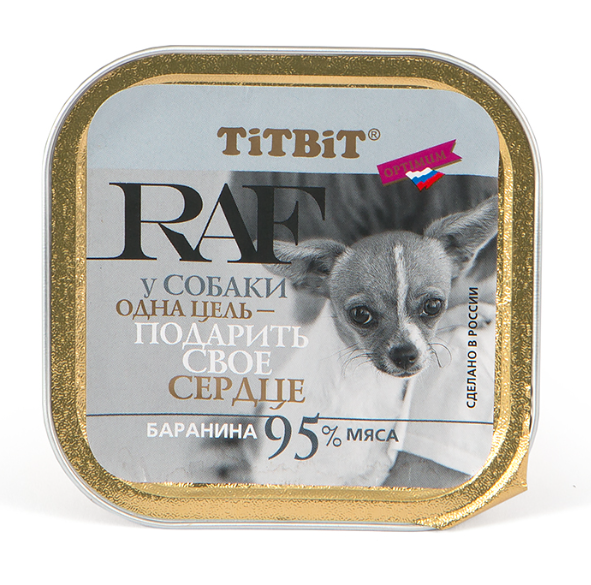Although lamister (steralcon) has been popular in Europe for many years, Russian consumers still vote for tin and glass containers.
On February 17, 1970, Alcan Packaging Rorschach AG registered the Steralcon (literally sterilizable aluminum container) trademark in the United States by Alcan Packaging Rorschach AG. As the name suggests, this is a material used in the production of containers for packaging sterilized products.
In the Soviet Union in the early 1990s, a type of ramist appeared. It is believed that the material was originally developed for packaging condensed milk as an alternative to glass, plastic and tin containers. Condensed milk in plastic containers can be stored at up to 30°C for about two months, but after four months it starts to spoil. In the same packaging, but under storage conditions of 0-10°C, the product retains its properties for up to six months.

Lamister is a composite material consisting of a painted aluminum foil and a polypropylene film, connected to each other by an adhesive layer. The material is used to produce semi-rigid aluminum containers. One of its undeniable advantages is the strong bond between the aluminum foil and the polypropylene film, which allows the package to remain airtight even when deformed. Another advantage is corrosion resistance, and the possibility of applying color printing on it opens up great prospects for marketing activities.
The major consumers of laminated packaging products were, and are, defense industry companies that produce food for the Army and Navy. Subsequently, the advantages of lighter containers compared to tin or glass packaging were recognized by other industry players.
Traditionally, pate is packaged in this type of container, but another popular solution is the packaging of wet pet food. Steralcon is used by many large international companies engaged in the production of wet pet food, as well as Russian enterprises operating in this field.
The main advantages of laminated packaging compared to alternatives (jars, glass) are light weight and easy opening. For pet owners – the ability to use the container as a bowl for pet food. That is, instead of transferring food to another bowl when opening, you can give an open container without worrying that an animal might be injured by the jar’s sharp edges.
“LAMISTER” is a composite material, which is a composition consisting of painted aluminum foil and polypropylene film, connected to each other by an adhesive layer.
Due to its unique combination of properties (high chemical resistance, good punchability, good weldability, inertness to food) LAMISTER is an indispensable packaging material for the food industry. Containers made of LAMISTER can withstand sterilization in an autoclave, just like traditional tin cans.
Salient features of the “LAMISTER” container:
• Packaging made with “LAMISTER” is 5 times lighter than traditional cans;
• “LAMISTER” packaging has a conical shape, which is very advantageous when transporting and storing empty cans – with the same volume, you can put 7 times more lamister cans than conventional cans;
• The LAMISTER lid performs the function of the label and has a larger surface compared to conventional labels on cans, allowing full perception of graphics, color saturation and print quality;
• The ease with which canned food manufacturers promote their products through distribution channels means that the final product contains fewer cans in the box, thus creating a rather compact assortment box.
Post time: Mar-24-2023




